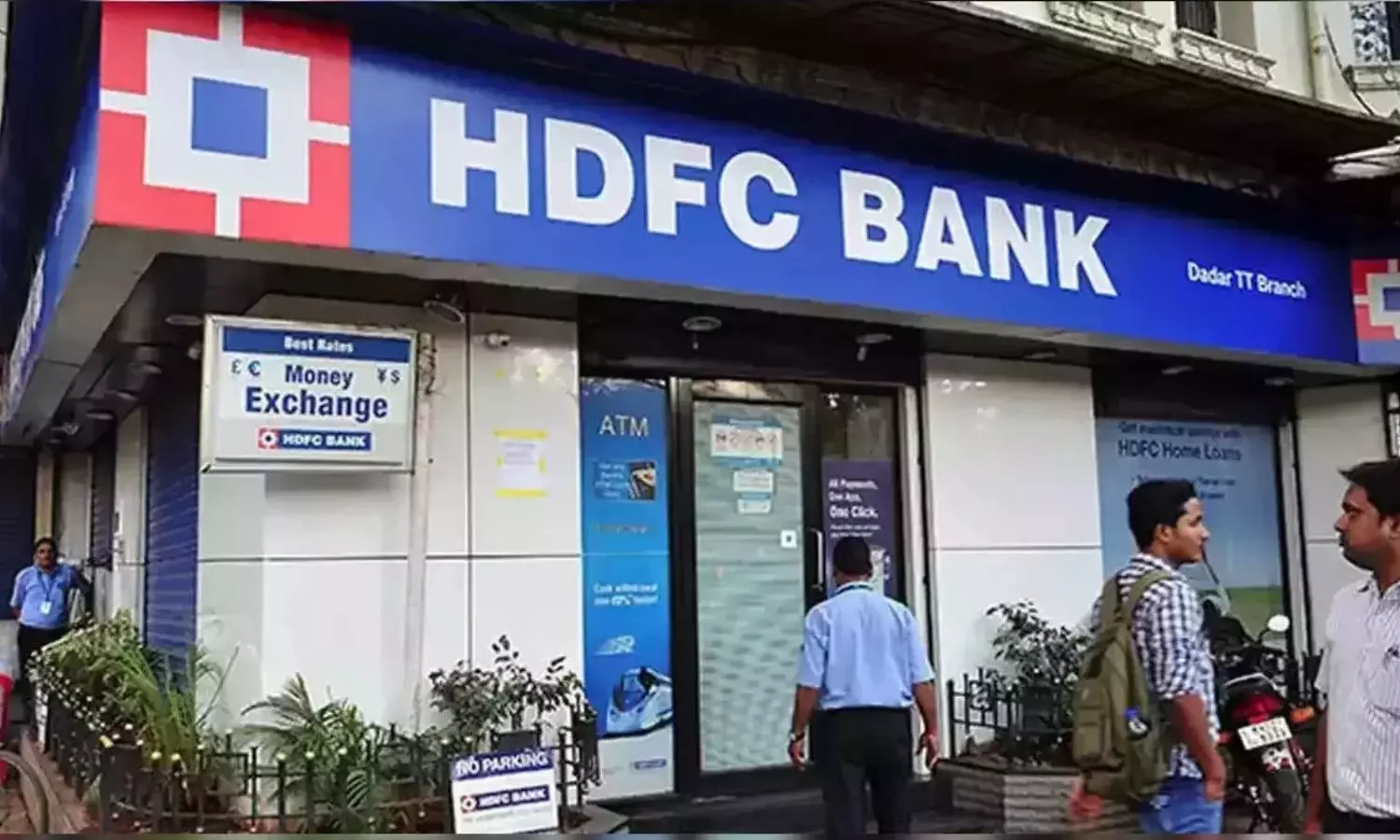HDFC Bank Slashes MCLR by 10 Bps Across Tenures – What Borrowers Should Know
HDFC Bank has reduced its MCLR by 10 basis points across all loan tenures, effective June 2025. Find out how this move impacts home, auto, and personal loan borrowers.
HDFC Bank Slashes MCLR by 10 Bps Across Tenures – What Borrowers Should Know

HDFC Bank has announced a reduction in its Marginal Cost of Funds-based Lending Rate (MCLR) by 10 basis points across all loan tenures, following the Reserve Bank of India’s (RBI) sharper-than-expected repo rate cut. The new rates came into effect on June 7, 2025, as per the bank’s official update.
🔻 Revised MCLR Rates – June 2025:
- Overnight & One-Month MCLR: 8.90%
- Three-Month MCLR: 8.95%
- Six-Month & One-Year MCLR: 9.05%
- Two-Year & Three-Year MCLR: 9.10% (down from 9.20%)
This reduction aims to make loans more affordable for consumers and businesses amid an improving liquidity environment.
📉 RBI’s Latest Policy Move
The MCLR rate cut by HDFC follows the RBI’s decision to slash the repo rate by 50 basis points, bringing it down to 5.5%. Additionally, the central bank reduced the Cash Reserve Ratio (CRR) by 100 basis points to 3%, injecting approximately ₹2.5 lakh crore into the banking system.
The Monetary Policy Committee (MPC), led by Governor Sanjay Malhotra, voted 5–1 in favor of the rate cut. So far in 2025, the RBI has slashed the repo rate by a cumulative 100 basis points, with earlier reductions in February and April.
💡 What is MCLR?
The Marginal Cost of Funds-based Lending Rate (MCLR) is the minimum interest rate at which banks can lend. Introduced in 2016 by the RBI, it aims to ensure better transmission of monetary policy and fair pricing for borrowers.
Borrowers with loans linked to MCLR—such as home loans, personal loans, and business loans—will benefit from lower EMIs following this latest rate cut. However, borrowers with older loans based on the base rate or BPLR (Benchmark Prime Lending Rate) may not see immediate benefits.
Bottom Line:
HDFC Bank’s rate revision is good news for borrowers, as it will reduce loan repayment burdens in the coming months. With the RBI signaling an accommodative stance, further easing in borrowing costs may be on the horizon.

